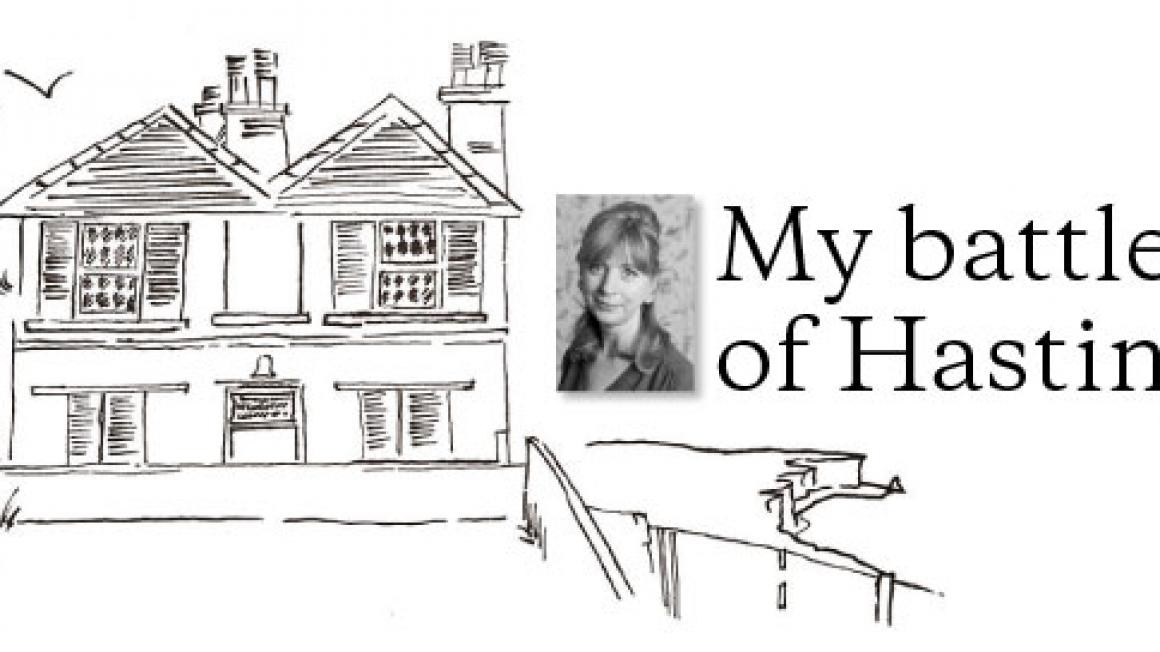Whitewash
It certainly never made it down to the scullery. Beady-eyed viewers of popular period dramas like Upstairs, Downstairs and Downton Abbey will know that it was bare brick for those behind the green baize door. Whitewashing reduced the chance of the scullery brickwork flaking by acting as a holding agent and also gave the appearance of ‘cleanliness’.

The whitewash in these below-stairs parts would be re-coated on a yearly basis, although a single application could last for upwards of 30 years – the lime literally glues itself to the surface. It was traditionally made from quick lime added to milk with a bit of salt as a preservative and a bit of fat added for water-resistance. It is now very much ‘on trend’ as decorators like to say, with the basic recipe adapted to a combination of five parts hydrated lime with one part table salt with water added until it looks a bit like pancake batter.
Applying it with a wide, rough brush gets the best result. Purists wash some of it off after a few hours so that patches of the brick show through, although I don’t think Mrs Patmore would have approved.

Oliver, who lived here for 50 years before moving to a cosy, centrally heated Victorian terrace up on the West Hill, came for dinner last week and seemed happy enough to sit at the dining table in what used to be his garage. However, he did look startled when his meal emerged from what he euphemistically used to call the ‘garden room’ on account of the mould on the walls.
‘I’m planning a whitewash cover-up,’ I said.
He didn’t seem convinced.
Next week: Brass beds



